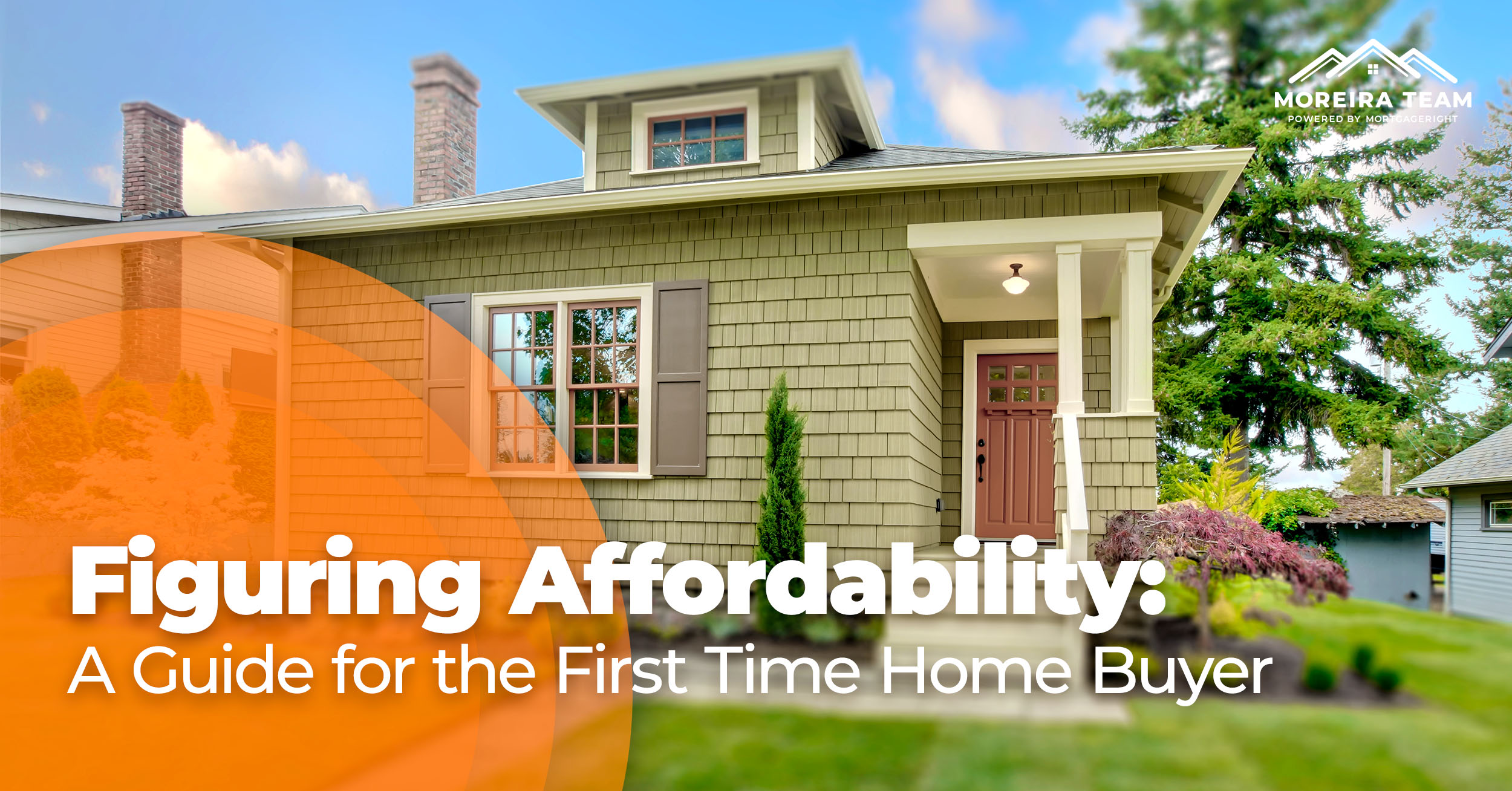
In this article
Are you a first time home buyer starting your journey in the world of real estate? This is a life-changing step filled with excitement and possibility. It’s also an intimidating one.
It’s easy to get overwhelmed with uncertainties surrounding the process and concerns about finding the perfect house at a price you can afford. Your best move – take things one step at a time. And a good first step is figuring affordability.
In this guide, we’re breaking down key concepts and strategies that will help you make sound financial moves during the early stages of the home-buying process.
We’ll also discuss beneficial tools like a mortgage calculator and give you a rundown of specialized loans that can open up opportunities and land you in the home of your dreams.
Managing Dream Home Expectations
As a first time home buyer, you probably feel a rush of excitement when thinking of moving into your dream house. This is natural and let’s face it, a lot of fun. However, buying a home is a complicated process requiring strategic planning that starts with managing expectations.
Setting realistic goals at the beginning of your journey can lead to a stable financial bedrock once you’re in your new home. It’ll also allow you to focus your buying efforts on property that makes sense for you. This will help you avoid what so many first time home buyers fall prey to — the heartbreak of falling in love with a house that’s ultimately unrealistic.
A smart first step in managing your expectations is getting an idea of how much local homes are going for. As of September 2023, the median home price in Georgia was $366,000, but that will change based on the city and neighborhood. Research home prices in your desired areas and use those estimations to decide if it’s realistic to start shopping.
Once you get a better sense of what your dream home will cost, it’s time to set a budget. Start by using a mortgage calculator to determine what you’ll spend each month based on the total cost of a home. This early-stage financial planning gives you an affordability roadmap to go by.
See what you can afford. Start Here! (Jul 5th, 2025)The Affordability Equation
Something any first time home buyer should understand is that affordability isn’t just about the amount your loan is approved for. There are many moving parts.
Determining affordability involves aligning your desired monthly payments with realistic sales prices of homes in your target area. To do this, consider all factors like location, closing costs, mortgage rates, and your monthly payment.
Location
This is a big one. A home’s location affects its value and has a huge impact on your lifestyle. Making a wishlist will help guide your house-hunting process and allow you to target affordable areas that also have the amenities you desire. Maybe you will not be able to find something with everything on your wishlist, but with this approach, you improve your chances of checking the most important boxes.
In addition to average home values in a location, consider schools, your commute to work, surrounding businesses, parks, and the neighborhood’s aesthetic. Keep in mind that these features affect property taxes, which is also a key factor in home affordability.
Mortgage Rate vs Payment
As a first time home buyer, the mortgage rate you receive will play a huge role in determining affordability. Your rate is based on unique factors like your debt-to-income ratio, credit score, loan term, property type, and other variables.
However, when thinking about how much home you can afford, your monthly payment is paramount. A mortgage rate is immaterial if the monthly payments leave you “house-poor,” meaning you’re spending over 30% of your income on housing costs.
Check your rate options. Start Here! (Jul 5th, 2025)Closing Costs
Many people get caught off guard by the expensive fees associated with closing on a house. Keep in mind this isn’t something you can make monthly payments on.
Closing costs are mortgage service fees that are influenced by many factors such as the location of the house and details of your loan. These one-time fees are an important factor in the overall affordability of a home, so it pays to keep them on your radar. Use a closing cost calculator to get an estimate of your fees and work them into your financial plan.
Tips for Navigating Affordability
Taking a close look at specific metrics will bring affordability into focus and guide the rest of the home-buying process.
The following tips will help you set a baseline for what you can afford.
- Average Home Costs – Use real estate apps to home in on specific neighborhoods to find out how much homes are selling for. Consider working with a local real estate agent for expert insight into the local market.
- Cost Per Square Foot – Crucial when evaluating property – this metric will tell you how the property stacks up to others in the area.
- Determining Value – Look at things like upgrades, size, layout, landscaping, and overall condition, and external factors like neighborhood crime rate and the quality of local schools.
- Mortgage Rates – Get a better sense of the long-term affordability of a home by examining estimated interest rates for loans. Use your trusty mortgage calculator to check rates to determine affordability based on your income and budget.
Once you’ve had a close look at these factors and produced some realistic figures, you’ll be in a position to start viewing homes and making concrete decisions.
Get your custom rate options. Start Here! (Jul 5th, 2025)Programs for Affordability
Every first time home buyer is in a different stage of life and a different financial situation. For many, calculating home affordability and long-term financial goals can be intimidating.
Fortunately, there are programs and specialized loans that help families and individuals in unique positions. Some of these can help you get into your dream home with a down payment.
- USDA Loans – This program, administered by the US Department of Agriculture, helps people with low-to-moderate income get home loans in eligible rural or suburban areas with no down payment, competitive interest rates, and attractive financing options.
- Federal Housing Administration (FHA) Loans – These government-backed mortgage loans make homeownership accessible for first time home buyers. They offer low down payments and relaxed credit score and debt-to-income requirements.
- HomeReady & HomePossible Loans – These Fannie Mae and Freddie Mac programs enable moderate-income, first time home buyers to purchase a home with a low-rate mortgage and a down payment as low as 3%, and allow applicants with different sources of income, such as from renters or co-borrowers.
- Approval Guarantee – This program secures pre-approval for buyers, improving their chance of approval and streamlining the closing process.
If you’re a first time home buyer, make sure you explore all your options. There’s likely a program out there that can save you money and make living in your dream home a reality.
Try our Mortgage Calculator to See What You Can Afford
Figuring out a home’s affordability can be tedious. The Moreira Team offers free tools that make the process fast and much less stressful.
Explore your options with our mortgage calculator, and take an informed first step toward homeownership. Just enter your basic information and the mortgage calculator can show you the range you can afford as well as a breakdown of your monthly payments.
Custom rate options in 30 seconds. Start Here! (Jul 5th, 2025)
